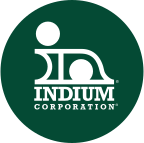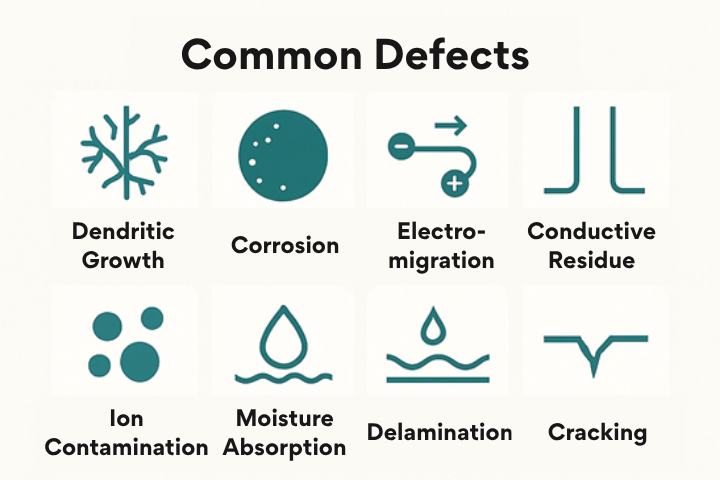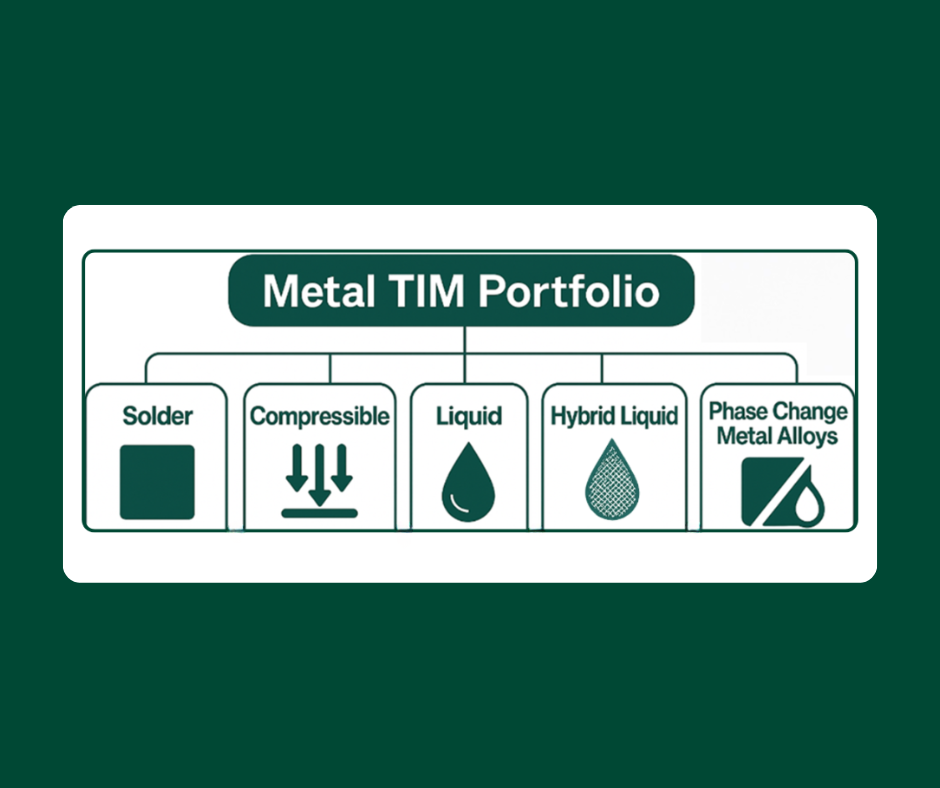This post was prompted by a Korean customer, who this month asked what thelimitations are for aqueous (water-based) cleaning for fluxes used in copper-pillar flip-chip applications. How low can the pitch get before aqueous cleaningbecomes unfeasible / impractical?:40microns? 20microns? 5microns?
Good question. I don’t have a definitive answer,but I do now have an industry consensus that seems to be consistent. I’ll try to answer the query in a little while, but firstly, you’ve got to ask, "What is 'aqueous' cleaning?" Is it:
– Deionized (DI) water?
– Water plus a surfactant?
– Water with a saponifier?
– Mixed phase (oil /aqueous phase)?
– All of the above?
DI water alone may be an ideal cleaning fluid from both a reliability and a “green” perspective, but its poor wetting onto even mildly hydrophobic surfaces, high viscosity compared to many low molecular weight organic solvents, and poor solvency for many molecules used in fluxes (resins are a good example) make it a poor choice as a puresolvent.
It is also important to distinguish between saponifiers and surfactants:
– Surfactants: Usually a nonionic surfactant: most commonly a hydrophilic polyethylene glycol moiety with a hydrophobic carbon chain attached
– Saponifiers: Usually basic chemistry that chemically reacts with high molecular weight acids in RMA and no-clean fluxes
Adding surface-active agents (surfactants) to water will help it to wet to less hydrophilic surfaces, and so help it move into confined spaces. The advantage of a nonionic surfactant over an ionic one is two-fold; a) there are no potentially ionic residues to cause electrical problems if improperly rinsed off b) the optimum surface-wetting enhancement (so-called “CMC”) is at a much lower surfactant concentration, but note that this also makes it more difficult to rinse off completely.
The general structure of the most common nonionic surfactant is:
CxHy-(OC2H4)n-OH
On the other hand, the way thesaponifier works is a simple acid/base reaction, usually using amine chemistry:
R’R”NR’” + RCO2H —> R’R”NR’”H+ + RCO2–
The purpose of the basic saponifier is to massively increase the solubility of resins in aqueous solutions, while the surfactant is simply a means of enhancing wetting onto hydrophobic surfaces. Where it gets complicated, is when you realize that the saponified resin is now also capable of acting as a surfactant.
The reason I bring this up is that for smaller pitch flip-chip applications, we are now predominantly seeing theuse of small amounts of nonionic surfactants with deionized water, along with other tricks to get the aqueous solution under the chip.
I think I’ll stop there. More next time. Meanwhile, feel free to comment or to email me on this.
Cheers!Andy



